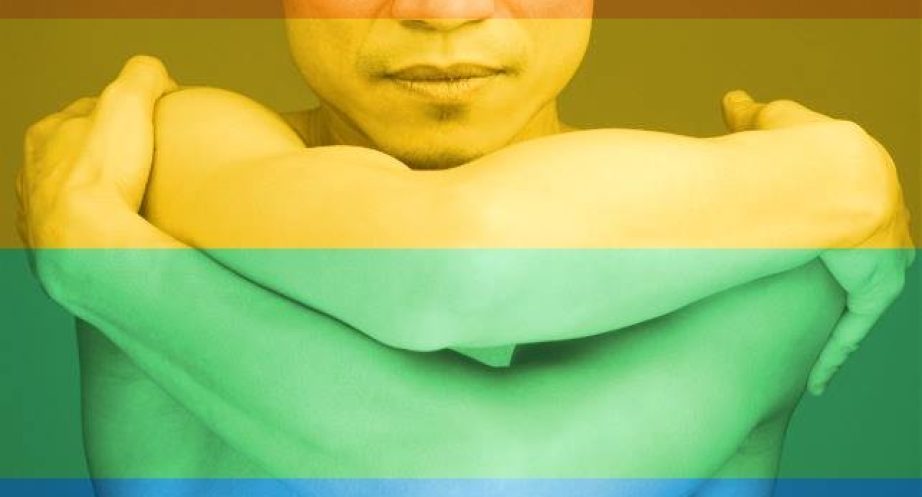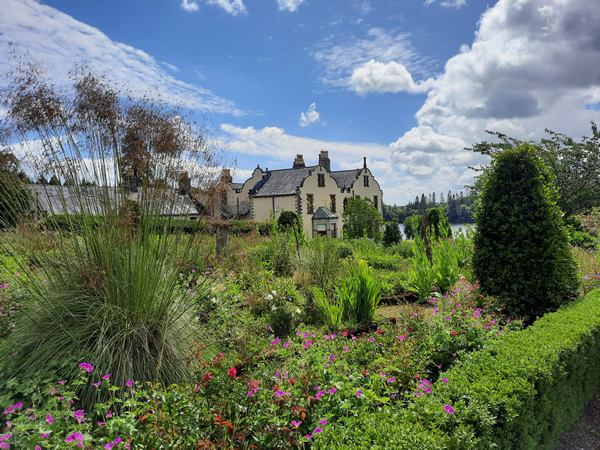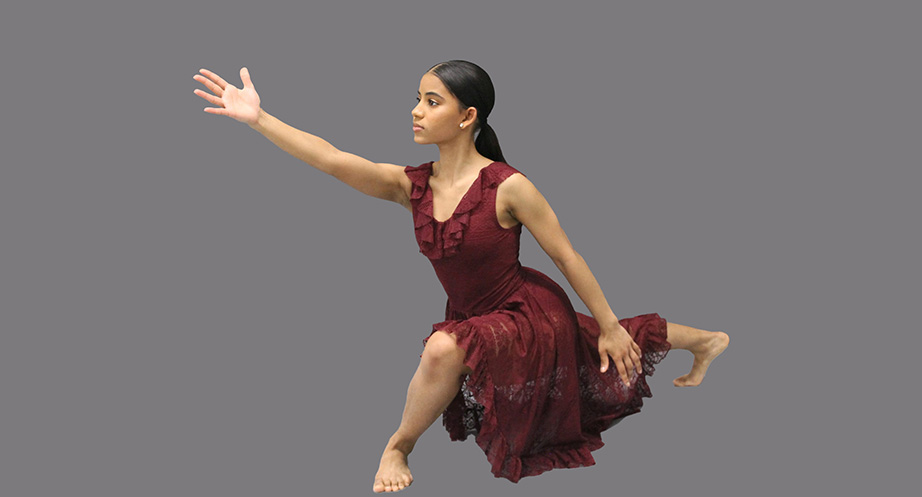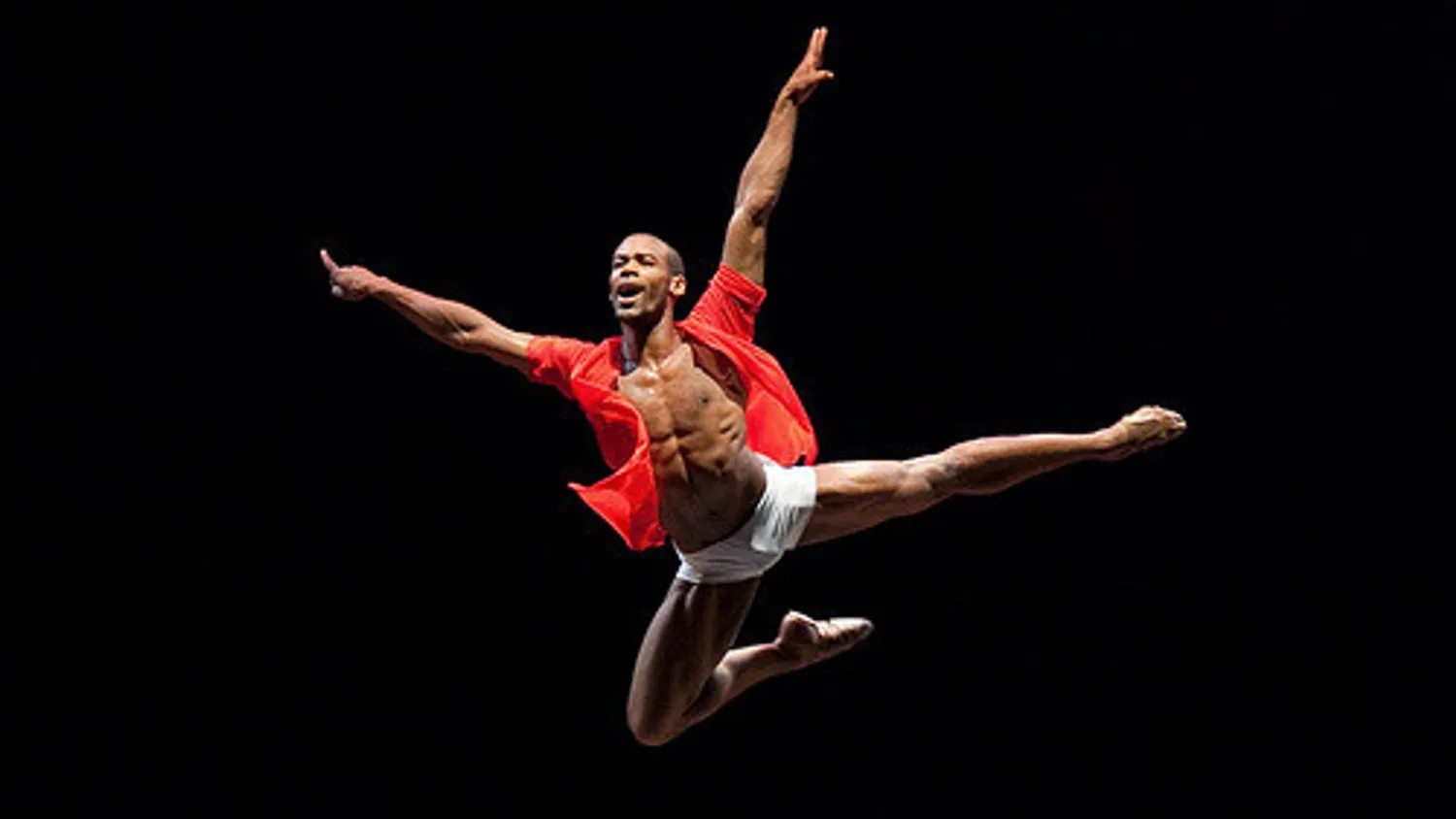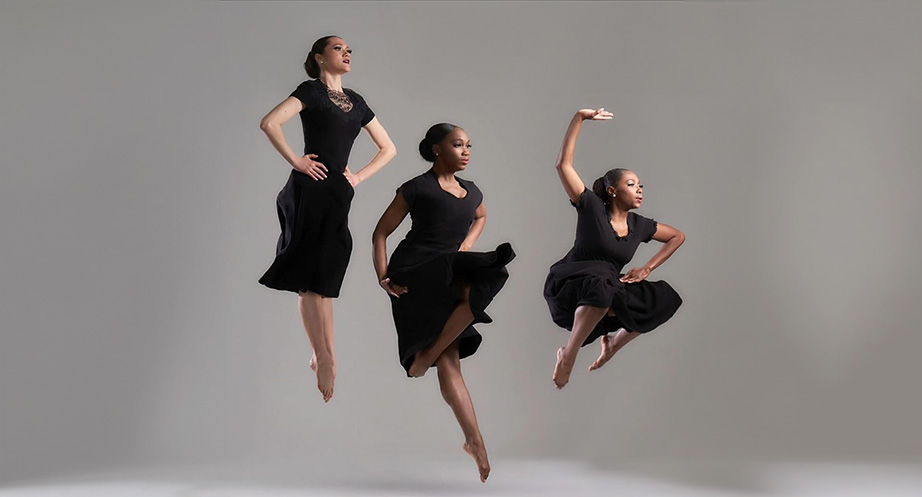by Lewis J Whittington for The Dance Journal
GLBTQ Philadelphians turned out in force for the annual gay pride parade on June 18, making it was one of the largest in the event’s history, and equally inspiring as a forum for diversity and activism within the sexual minority communities. It was a day of solidarity, unity and resistance to a growing anti-gay movement in the country, ignited by anti-gay politicians, state legislatures and homophobic organizations. And as is typical at Philly Pride events, there was spontaneous celebratory dancing in the streets. Indeed, dance is one of the symbolic touchstones of GLBTQueer liberation and community.
In gay America, dance has always been a powerful symbol and conduit of individual expression in times of oppression and societal intimidation. One of the iconic images that ignited the nights of resistance at Stonewall in 1969 was the chorus kick-line of the drag queens who confronted NYPD riot police. And how fearless and legendary were the otherwise marginalized gay African American and Latino transgender community at drag balls of the 90s, in the streets and in the clubs vogueing and articulating their message of ‘otherness.’ In recent years, gay high school students have sued school boards for the right to take their boyfriends and girlfriends to the prom.
Yet, despite these brave displays of visibility in a hostile society, gay America and the struggle for civil rights, has had scant representation on the dance stage. But for all intents, overt themes of gay life were all but completely censored in an art form that was populated with gay dance artists, choreographers and designers.
In modern dance there were a few flashes of the gay subculture – coded hints at lesbian sensuality in the choreography of Isadora Duncan’s Greek aesthetic, for instance, or in choreographer Ted Shawn’s 1920s eroticized male athleticism of Denishawn. But in the dominant world of classical ballet, there was no open representation of gay life or acknowledgement of gay dancers or choreographers to audiences. Yet there was still a codified dance vocabulary to characterize homosexuals in ballet as the overly fussy, mincing dance master in stories like ‘Cinderella’ and even more scabrous conjurings like the homoerotic creeper Von Rothbart in Matthew Bourne’s male version of Swan Lake. Other vestiges of the closet persist as well.
These stereotypes may be stock dance characters, but, absent of other more positive images, they continue to perpetuate ugly stereotypes. Contemporary choreographers creating dance for classical ballet companies, without doubt, are being more progressive in recognizing gay relationships in their ballets, with for instance, the appearance of same-sex duets. Just as often the choreographic context is left ambiguous, compared to the infinite depictions of straight lovers with the defining theatrical force of, say “Romeo and Juliet” let alone the psycho-sexual subtext of many of George Balanchine’s “Agon.”
In contemporary dance, there are scant ballets with themes that explore GLBTQ life with the artistically equal footing as the apparent infinite vigor that men and women are partnered, with all of the intrinsic symbolism expressing their hearts and minds, dreams and desires and by extension, aspects of a dominant heterosexual world.
One of the most affirming and positive developments within the dance world and in the public arena is a generation of millennial dancers making sure they are out and visible as real people, with real lives, who happen to be openly gay dance artists – their truth onstage and off.
And fortunately, there are modern choreographers who have consistently represented the gay world on the dance stage. Miami choreographer Rose Herrera, for instance, states up front that her company is inspired by GLBTQ community and distinct culture in Florida. Others have gay life on the dance-theater front burner are Larry Keigwin, Brian Sanders, Charles Anderson, Myra Bazell, and, of course Bill T. Jones, who early on was committed to visible gay culture on the dance stage.
In his stirring article “The Body Cannot Hide” in the current issue of OUT Magazine, journalist Brian Schaefer recognizes Jones and his late partner Arnie Zane and a few others, who were lost to the epidemic, who spent their last years bringing the reality of their lives and their community to the dance stage in a most politically perilous time during the 80’s, as politicians and religious organizations called for homosexuals with AIDS to be quarantined, branded and even denied basic human dignity of medical care.
Schaefer writes “When AIDS visibly attacked the body and blindly targeted gay men, it also visibly attacked and blindly targeted dance.” Schaefer recounts “Because the body cannot hide in dance, it became the vessel for a kind of physical truth.”
-interview-
Choreographer Kun-Yang Lin is the founding artistic director of KYL/Dancers and also teaches at Temple University’s Boyer School of Music and Dance. In his varied career as a dancer-choreographer in Asian, Europe and the US, Lin has not backed away from social, spiritual and humanitarian themes in his work.
The following are excerpts from an interview this month with Lin relating his own artistic journey as a gay man and artist.
Lew Whittington: There is always the debate whether there is such a thing as gay music, or if someone is a gay writer or even a ‘gay’ aesthetic. Do you think of yourself as a gay choreographer?
Kun-Yang Lin: “I never tried to become a gay choreographer, but I’m proud to say, that is who I am. True choreography is a reflection of the choreographer’s life. True choreography is when you really bring yourself into the dance. If you are gay and really stay true to yourself…this will flow through your work.”
“The first thing I teach my beginning dance students is to learn dance form. But with my graduate dance students the first thing I ask them is ‘who are you.’ My work always tries to go beyond the limits of form.”
LW: Why do you think the ballet world is still so closeted?
“In ballet many people are afraid to break traditions. Actually, today in many ways, contemporary dance and contemporary ballet…there is almost no difference. So maybe now they are starting to break those codes.”
LW: Moving beyond categories and codified vocabulary in dance forms. Can you elaborate in terms of your own work?
KYL: In Taiwan in the early 90s, the very first piece I choreographed was called “Male & Female” and it was about coming out. But it was actually before I came out. I created it for myself and Su-Zhen Chou. It won the first prize in the Taiwan Choreographic completion.”
“Hui-Ming Lin, the director of Taiwan Cloud Gate Dance told me that my piece was like a bomb exploding. The work actually was saying something deeper than my conscious knowledge. Back then, no one in my country was talking about gay life, and no body there was talking about even feminism. I know now it was about two parts of myself, actually.”
LW: Did the audience perceive this as gay content?
“Yes, if they were gay.” Lin recalled with a laugh. “If they were not gay, they saw it differently, it was very subtle, I think, because it was a male and a female dancing the piece. One writer perceived it as me advocating for female rights.”
“Shortly after that, I went to England and there I came out. Then I created a piece called “Sweet, Racked, Meat” (1993) for 6 dancers and it was about the confrontation of recognizing being gay and Catholic in my upbringing. So my final scene I’m dancing naked and biting an apple.”
“Then I choreographed “Run Silent, Run Deep” which is about the hard journey for many to recognize that you are gay. Again I gave it to a male and female dancer. But when I moved to New York, it was danced by two men.”
LW: Is there a responsibility for artists to reflect social issues in their work?
KYL: “The environment we are living in has plays a big part… and the politics also. Now the government might even give people the opportunity to openly discriminate against gays again. So much might be out of our control… but what we can do is speak through art. That’s why I think, I’ve always been drawn to the traditions of modern dance, because it comes more from truth…. the heart and gut. And now is the time for that.”
KYL/Dancer’s newest work ‘Santuario’ premiered this spring at the Prince Theater. He wanted to create something to memorialize the gay victims of the shooting massacre at Pulse Nightclub in Orlando FL. Lin developed the piece over the course of several months in the aftermath of the shootings. Lin wanted to create a choreographic work that would honor and remember the victims and reflect on the resilience and hope of the GLBTQ community. Lin worked with his company dancers for months discussing the issues surrounding the massacre and its social implications. Lin said for everyone it was an emotionally challenging journey revisiting the horrific events of the attack, as well as portraying the lives of gay couples, lovers and friends who were killed. In its initial run at the Prince, audiences were visibly moved by performances and the profound testament of the concept of ‘art as witness.’
Mr. Whittington’s arts profiles, features, and stories have appeared in The Advocate, Dance International, Playbill, American Theatre, American Record Guide, The Harvard Gay and Lesbian Review Worldwide, EdgeMedia, and Philadelphia Dance Journal. Mr. Whittington has received two NEA awards for journalistic excellence.
In addition to interviews with choreographers, dancers, and artistic directors from every discipline, he has interviewed such music luminaries from Ned Rorem to Eartha Kitt. He has written extensively on gay culture and politics and is most proud of his interviews with such gay rights pioneers as Frank Kameny and Barbara Gittings.
Mr. Whittington has participated on the poetry series Voice in Philadelphia and has written two (unpublished) books of poetry. He is currently finishing Beloved Infidels, a play about the murder of filmmaker Theo van Gogh. His editorials on GLBTQ activism, marriage equality, gay culture and social issues have appeared in Philadelphia Inquirer, City Paper, and The Advocate.
- A Day in the Life of Philly’s Master Choreographer, Dr. Rennie Harris - March 21, 2024
- Errand Into The Maze | The Life and Works of Martha Graham - March 1, 2024
- Matthew Rushing leads Alvin Ailey Company’s Tour - February 20, 2024

